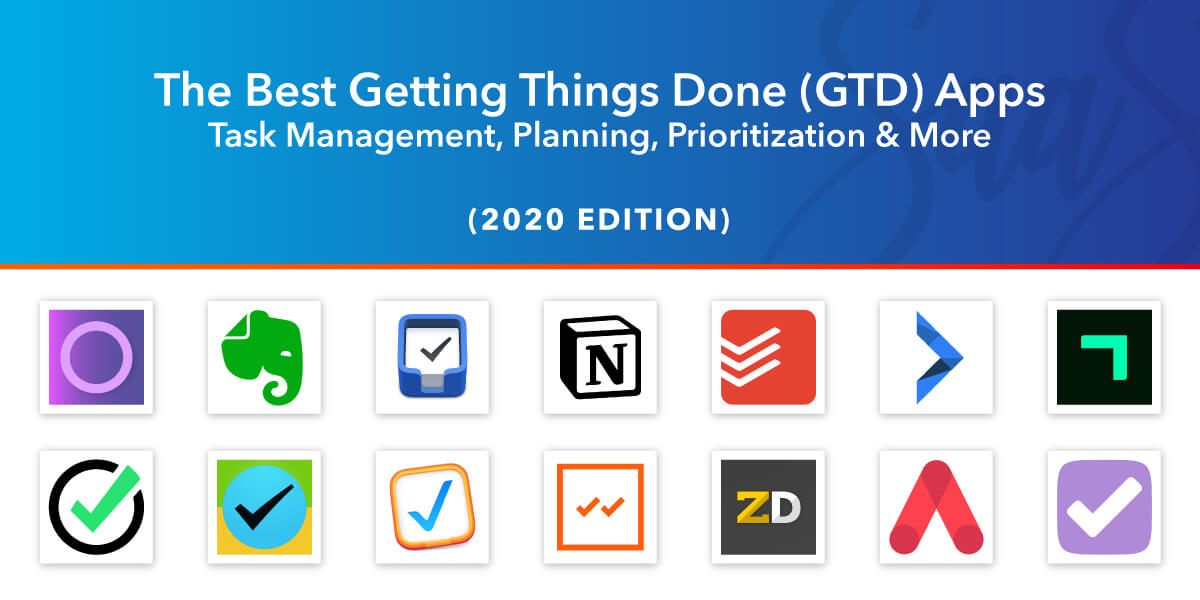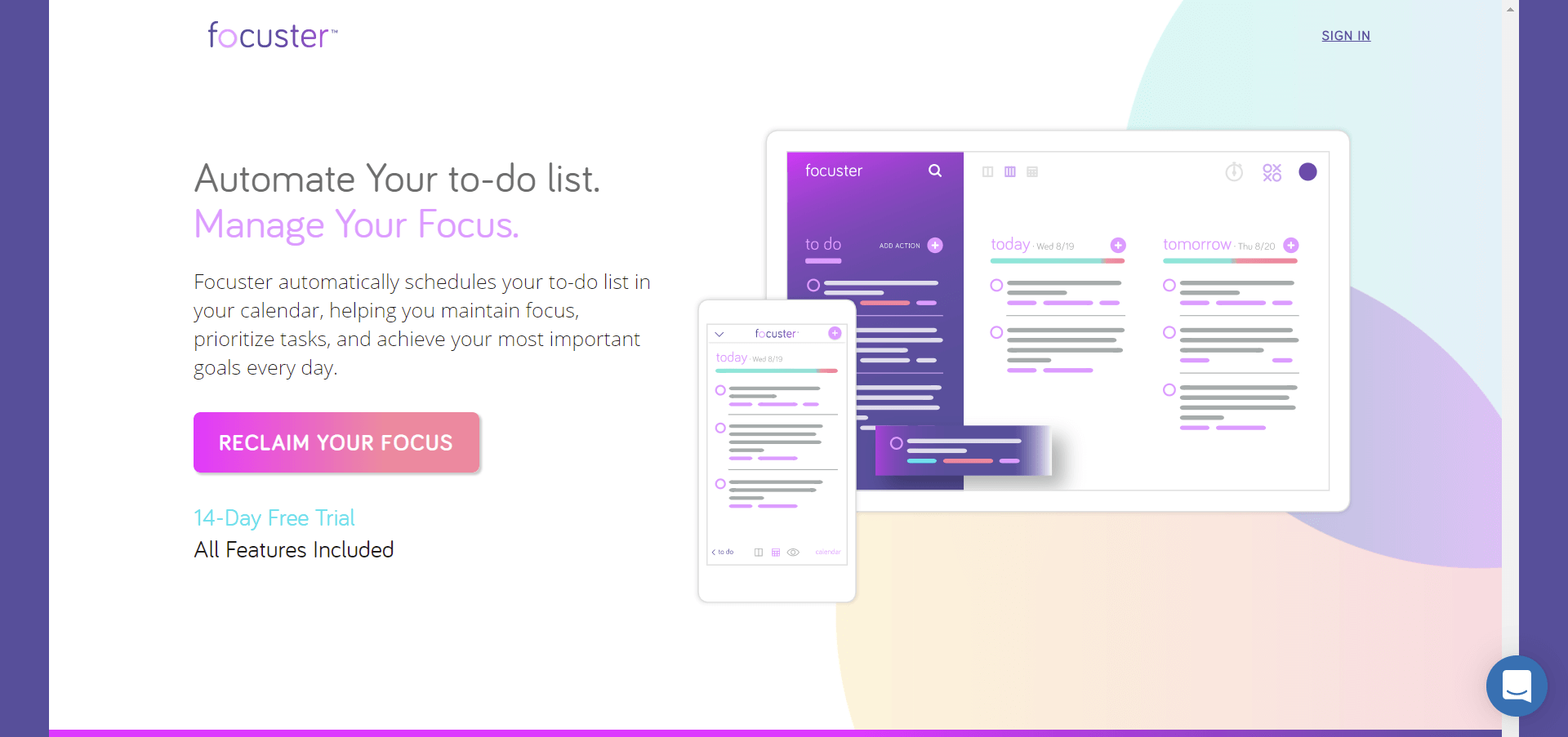
These five pillars of the GTD method help you achieve your goals by helping you identify what you: GTD paves you a path, which enhances the ability for you to create an understanding of how you would like to implement and complete your goals. The purpose of the GTD productivity technique is to provide you with a sense of direction when your work process seems to be chaotic. Engaging: The final step, which entails you to put all the other steps into action and complete the task productively.Reflecting: Take time to stop and think if there is a better way to complete your task.Organizing: You structure the ideas according to the priority they need to be executed.Clarifying: You craft a clear understanding of your thoughts turning them into logically executed ideas.Capturing: Taking a snapshot of your ideas/thoughts/tasks by jotting them down so you don’t’ forget them later on.GTD has five basic steps that can help you build the structure of your work and execution process. Down below we have explained The Five Essential Pillars of GTD. Getting Things Done is not a rigid concept, it is a flexible structure that allows increased productivity and work. When used properly, GTD is a great method to jot down your vague ideas, polish them, and plan on them to give a final result. With the GTD technique, David proposes important structural changes that can be implemented to overcome work-life management challenges. “Your mind is for having ideas, not holding them”-David Allen David Allen is an American author and productivity consultant who has written the international best-seller titled Getting Things Done in 2001. These scenarios led David Allen to become the brainchild behind the GTD productivity technique. And because of this struggle, they often look for new ways that can make them more focused to boost their productivity. Almost 6 out of 10 Americans struggle to keep up with daily activities. What Does GTD Mean?Īs mentioned before, GTD means Getting Things Done. We thought we would share with you some Frequently Asked Questions (FAQs) to give you a better understanding of the GTD method or clarify any misconceptions. Let’s dig a little deeper into what GTD is, and how the Getting Things Done method can help you strike a better work-life balance. The average employee is likely to get distracted almost 56 times a day through excessive emails, pointless meetings, and interruptions thus resulting in poor productivity.


Most office workers spend 28% of their day on unnecessary distractions, which takes up more than a quarter of the day. This method lets you plan your to-do tasks and acting on them step by step, which helps you to take your tasks out of your mind, plan for them, and act on them by dividing them into productive executions. The Getting Things Done method, commonly known as David Allen’s GTD technique, is one of the best ways to help you with your projects by making you more productive and help you do more in life.Īs you have probably figured out by now, GTD means Getting Things Done. Who doesn’t want to meet deadlines, wrap up projects, and just get things done? We are also going to list out some of our top picks for the best GTD apps this year and how they help you practice the GTD method. In this roundup, we are going to deep-dive into the GTD productivity technique by David Allen.


 0 kommentar(er)
0 kommentar(er)
